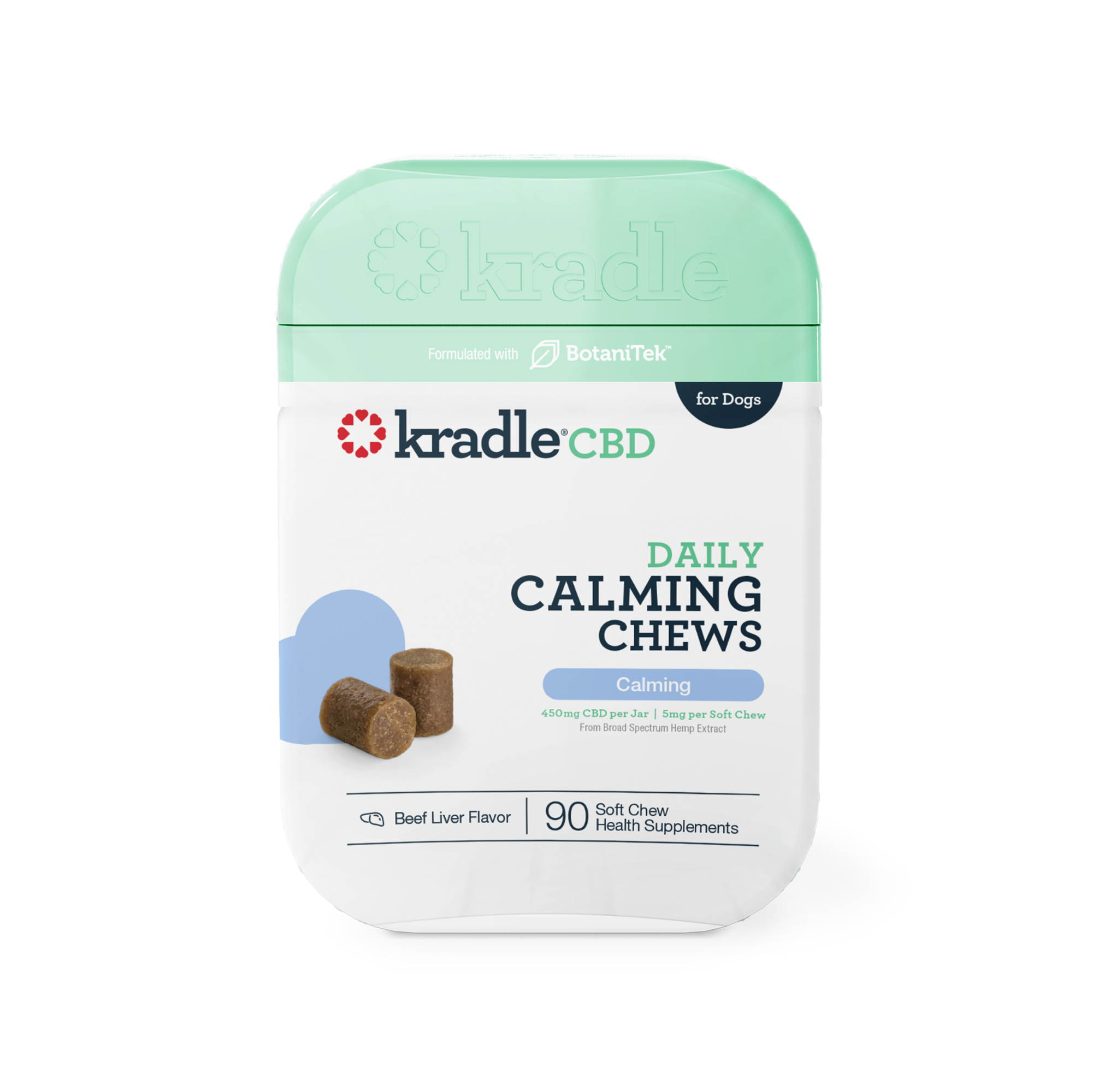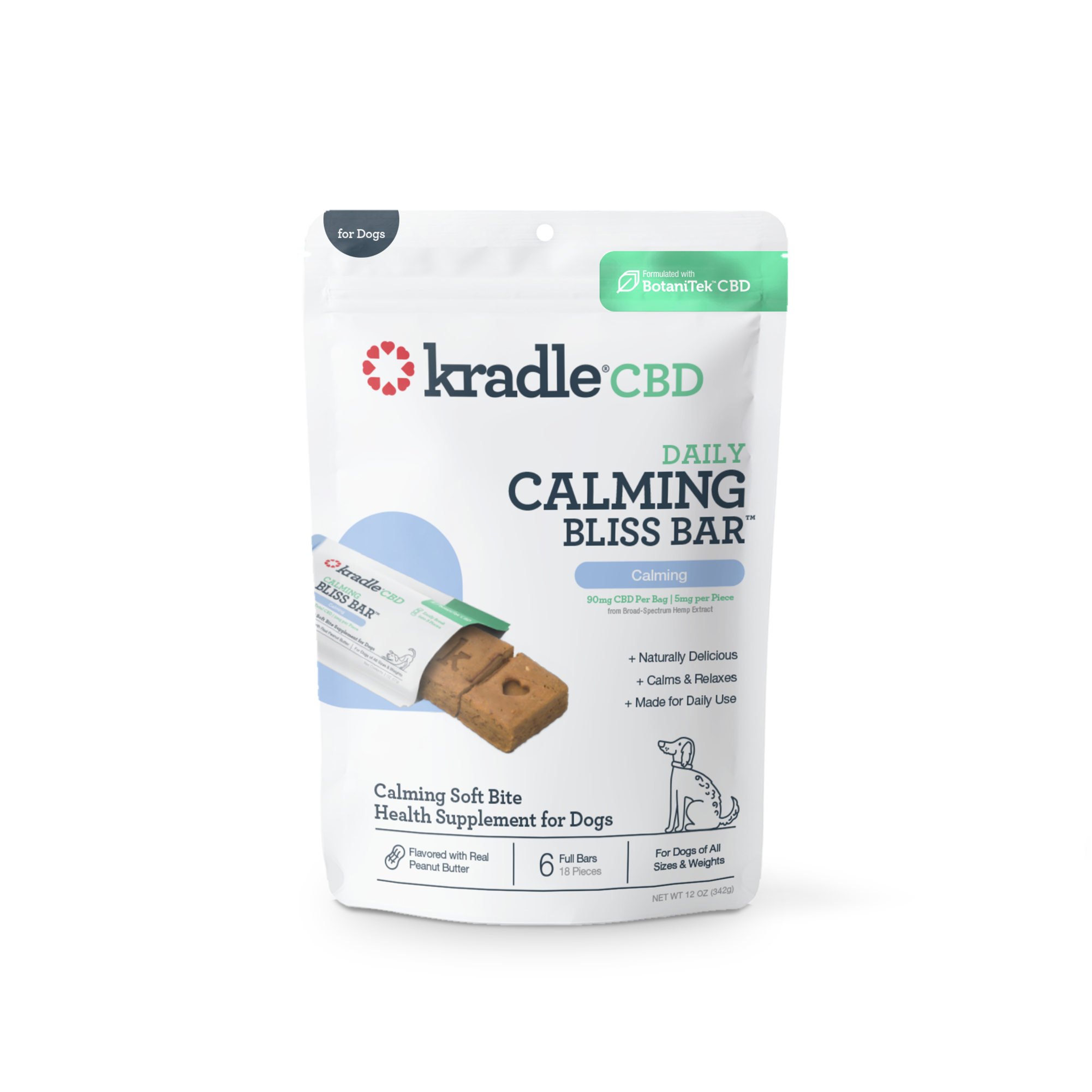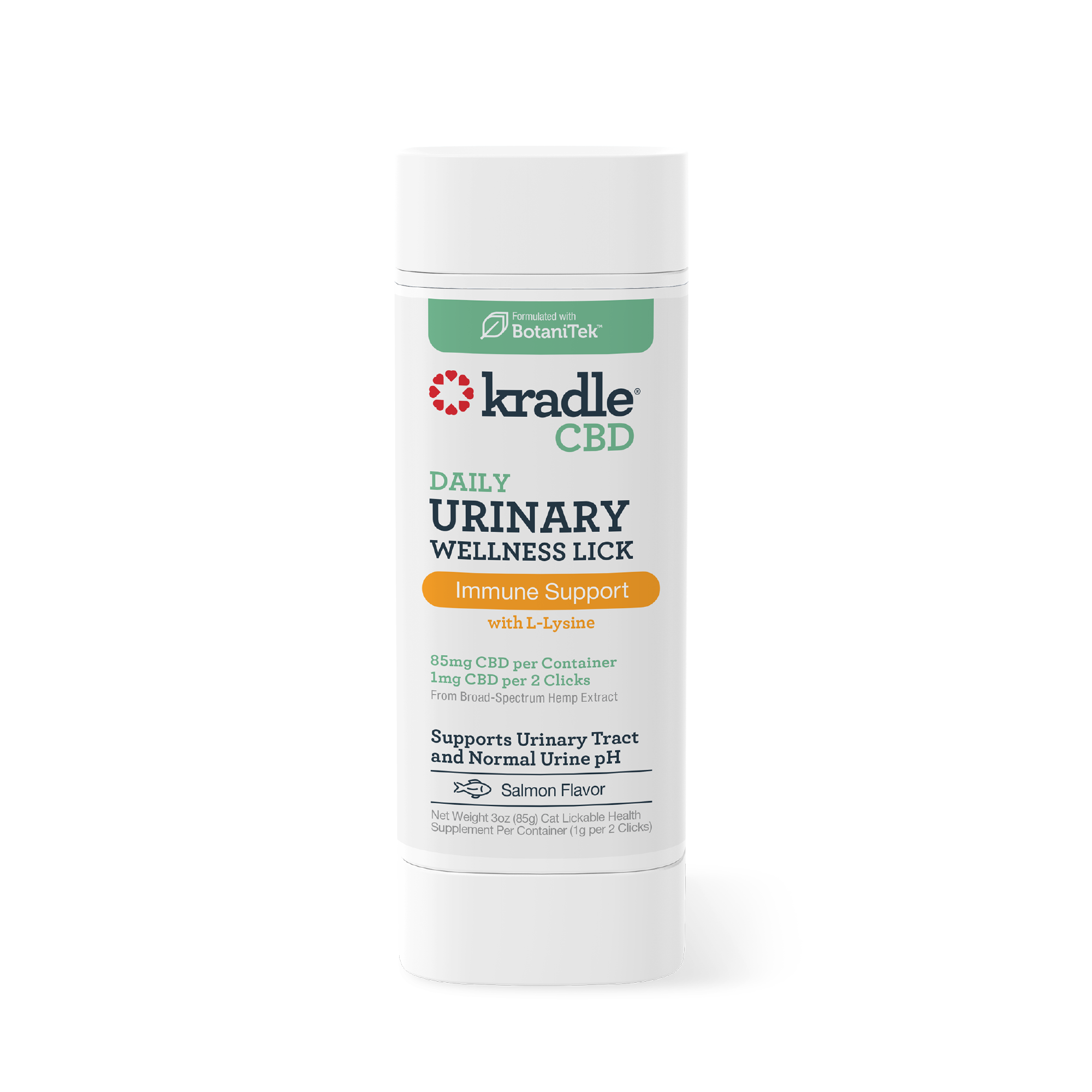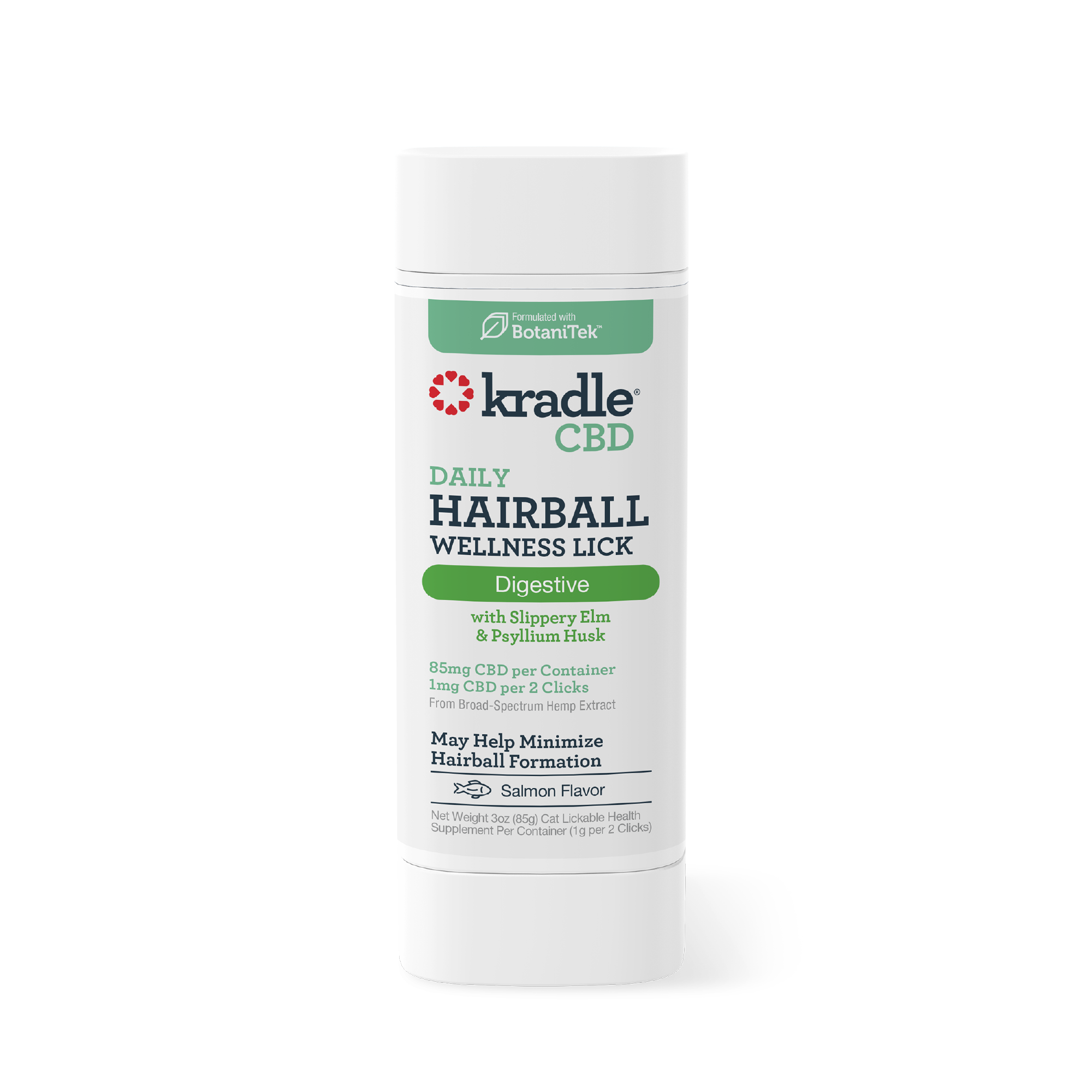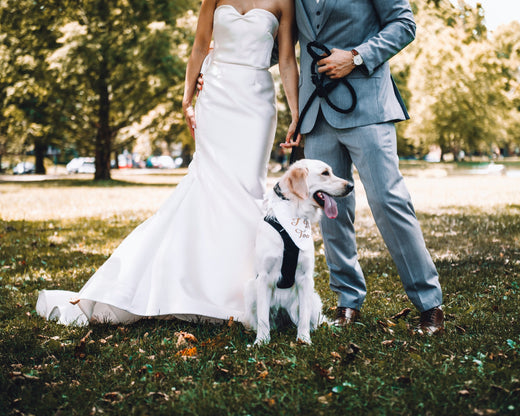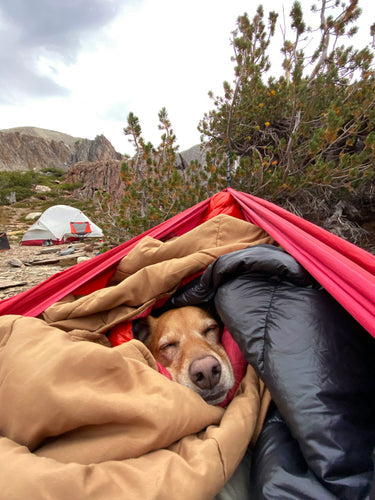
Adventures Unleashed: Tips for Stress-Free Camping with Dogs
There’s something uniquely refreshing about heading into nature with your dog—fresh air, open trails, and shared quiet moments away from screens and city noise. But a great outdoor trip with your dog doesn’t happen by accident. Like any meaningful adventure, camping with dogs requires thoughtful preparation. From choosing the best site to managing daily routines outdoors, this guide will help you stay ready for anything.
If you’re wondering how to plan well and keep your pup comfortable, these tips for camping with dogs will set the tone for a smooth and fun experience.

Is My Dog Ready to Go Camping?
Before you pack the tent and cooler, take a moment to assess whether your dog is truly ready for a camping trip. Young puppies and older dogs may find camping more stressful than enjoyable. Puppies are still developing physically and behaviorally, while seniors may tire more easily or be uncomfortable with temperature swings.
A good first step is to practice with a short trip—a backyard overnight, a quiet park day, or a brief outing to a dog-friendly nature reserve. This gives your pup a chance to get used to sleeping outside and adapting to unfamiliar sounds and smells.
Look for signs of stress or curiosity. If your dog handles these smaller experiences calmly and seems to enjoy them, they’re likely ready for a bigger adventure.

Dog-Friendly Campsites
Once you’ve gauged your dog’s readiness, start researching campsites that welcome dogs. Many U.S. National Parks offer pet-friendly trails and lodging, and some even participate in the BARK Ranger program, which encourages responsible behavior for pets and their owners. Many U.S. National Parks—such as Acadia, Biscayne, and Redwood—offer dog-friendly trails and designated pet areas. These locations also often participate in the BARK Ranger program, which promotes good pet behavior through a pledge system.
For first-time campers with dogs, state parks or local campgrounds are excellent options. They typically offer well-maintained trails, accessible facilities, and a lower-key environment.
Be sure to confirm campsite rules ahead of time. Some places require dogs to be leashed at all times, while others have designated off-leash areas. Look for practical features like dog waste stations, shaded rest spots, and freshwater access.

Tips for Camping with Dogs
Preparing for the Trip
Your dog’s health and comfort are just as important as your own. Before the trip, check in with your vet to confirm your dog is up to date on vaccinations and flea/tick prevention. Get them comfortable with riding in the car if they’re not already used to it.
You can also practice sleeping in a tent in your backyard. Let them sniff the gear and spend time inside the tent so it feels familiar on your trip. And if your dog tends to get anxious or overheated easily, check out our guide on how to calm a panting dog.
Packing Essentials for Your Dog
When it’s time to pack, don’t overdo it—but do cover the basics. Here are must-have supplies:
-
Collapsible water and food bowls
-
Leash, harness, and an ID tag with your contact info
-
Crate or pen for downtime
-
Elevated dog bed or mat
-
Waste bags and scoop
-
Medications and a pet-specific first aid kit
-
Microfiber towel for wet paws or surprise swims
-
Flashlight or clip-on safety light
-
Ample food, fresh water, and a comfort item like a chew or blanket
To help support balanced behavior and promote relaxation, consider bringing CBD Calming Chews for Dogs. They’re designed to naturally help keep your pet calm and relaxedr, especially during unfamiliar or stimulating experiences. For dogs who enjoy a longer-lasting distraction, Kradle’s All Day Calming Bone is a great companion around camp.
Setting Up Camp with Your Dog
Once you arrive, choose a spot that offers some shade and isn’t too close to foot traffic or other animals. Give your dog time to sniff around the space while leashed. Setting up a predictable area for rest and meals will help your dog settle in faster.
If they’re crate-trained, place the crate near your tent or sleeping bag. If they sleep free-range, give them a soft surface that feels like home. Keep water nearby at all times, especially if it’s warm or the sun is intense.
Outdoor Activities with Your Dog
Dogs love a good trail, but not all trails are created equal. Choose ones that suit your dog’s stamina and avoid harsh terrain or extreme heat. Stop often for water breaks and paw checks. Watch for sharp rocks, hot surfaces, or unfamiliar plants.
Swimming, fetch, and light hiking are great ways to engage your dog’s senses and burn off energy. For dogs who enjoy structure, games from our guide on how to bond with your dog can also be fun to adapt to the outdoors.
Safety Tips for Camping with Dogs
The outdoors can be unpredictable—especially for dogs who are used to the comfort and control of home. That’s why staying ahead of potential risks is so important when you're camping together. With the right safety habits in place, you can relax more and focus on enjoying your time outside.
-
Keep your dog leashed or in a secure pen: Even well-trained dogs can wander off chasing wildlife or react to sounds.
-
Monitor hydration: Excessive panting or dry gums may signal heat stress. Offer water frequently and take rest breaks in shaded areas.
-
Store food properly: Use sealed containers and avoid leaving pet food outside. Wildlife has a keen nose.
-
Avoid leaving your dog unattended in tents or vehicles: Heat can build quickly, even on cool days.
-
Check for ticks: Do a full-body inspection at night and after any wooded hikes. Consider a vet-approved flea/tick preventive.
-
Know toxic plants and symptoms of bites: If your dog drools excessively, vomits, or acts confused, seek veterinary advice quickly.
Always keep your veterinarian’s contact information and the number of the ASPCA Animal Poison Control Center stored in your phone and written down with your gear in case of emergencies.
Campground Etiquette with Dogs
Campsites are shared spaces, and what may be normal behavior at home could cause discomfort to fellow campers in a natural setting. Practicing good etiquette not only ensures a better experience for you and your pet—it also helps preserve access for other dog owners down the line. Keep these simple but impactful tips in mind:
-
Pick up waste immediately and dispose of it properly
-
Keep your dog’s barking under control, especially at night
-
Don’t let your dog wander into other campsites
-
Stick to trails that allow dogs
-
Follow leash laws, even if your dog is off-leash trained
-
Feed pets away from shared areas and keep their bowls clean
Check campground policies ahead of time—some places are stricter than others. When in doubt, assume leashes are required and keep dogs within your site’s boundaries.
Dog-Friendly Camping Gear
Outfitting your dog with the right gear can make your trip safer, more comfortable, and easier to manage. Investing in a few thoughtful items not only protects your pup from the elements, but also helps create a smoother, less stressful experience for both of you. Here are some highly recommended additions to your packing list:
-
Weather-proof dog jackets and boots: Protect against cold, rain, or rocky terrain
-
Dog backpacks: Great for carrying water or treats during short hikes
-
Portable paw washers: Help remove dirt, allergens, or sap before entering the tent
-
Cooling gear: Vests or bandanas designed to wick away heat
-
Reflective collars and safety lights: Essential for early mornings or evening walks
Some campers also invest in dog-specific tents or sleeping bags. These are helpful if your pup needs their own protected space. Always test new gear at home to ensure a good fit.
FAQs: Camping with Dogs
Can I bring my dog to any campsite?
Not all campsites are dog friendly. Check the campground’s pet policy before booking. Many national and state parks allow dogs but may have area restrictions.
Should my dog wear a leash at all times?
Yes. Even in dog-friendly areas, leashes help keep your dog safe from wildlife, other dogs, or wandering into unsafe territory. Some campsites require 6-foot leashes or shorter.
What should I do if my dog gets injured while camping?
Carry a pet-specific first-aid kit and know the basics of wound care. If the injury is serious, contact the nearest vet or emergency animal hospital.
How do I manage my dog's food and water intake while camping?
Stick to your dog’s regular feeding schedule as much as possible. Bring plenty of water and keep food in airtight containers. Avoid feeding them unfamiliar foods.
Final Thoughts
Camping with dogs is one of the most rewarding ways to unplug and reconnect—with nature and with your pet. With thoughtful preparation, you can create lasting memories and enjoy an outdoor escape that’s enriching for both of you.
Before you even reach the campsite, the journey matters. If your trip starts with a long drive, check out our guide on taking a road trip with your dog to make sure your pup arrives calm and ready for adventure.
Start slow, pack smart, and always keep your dog’s comfort and safety top of mind. Whether you’re in the mountains or beside a peaceful lake, camping can become your favorite shared tradition.
Looking for calming support before or during your next trip? Explore Kradle’s full line of CBD calming products for dogs to help make every adventure as stress-free as possible.
By following these practical tips for camping with dogs, you’ll be set up for success—and ready for many tail-wagging trips ahead.

